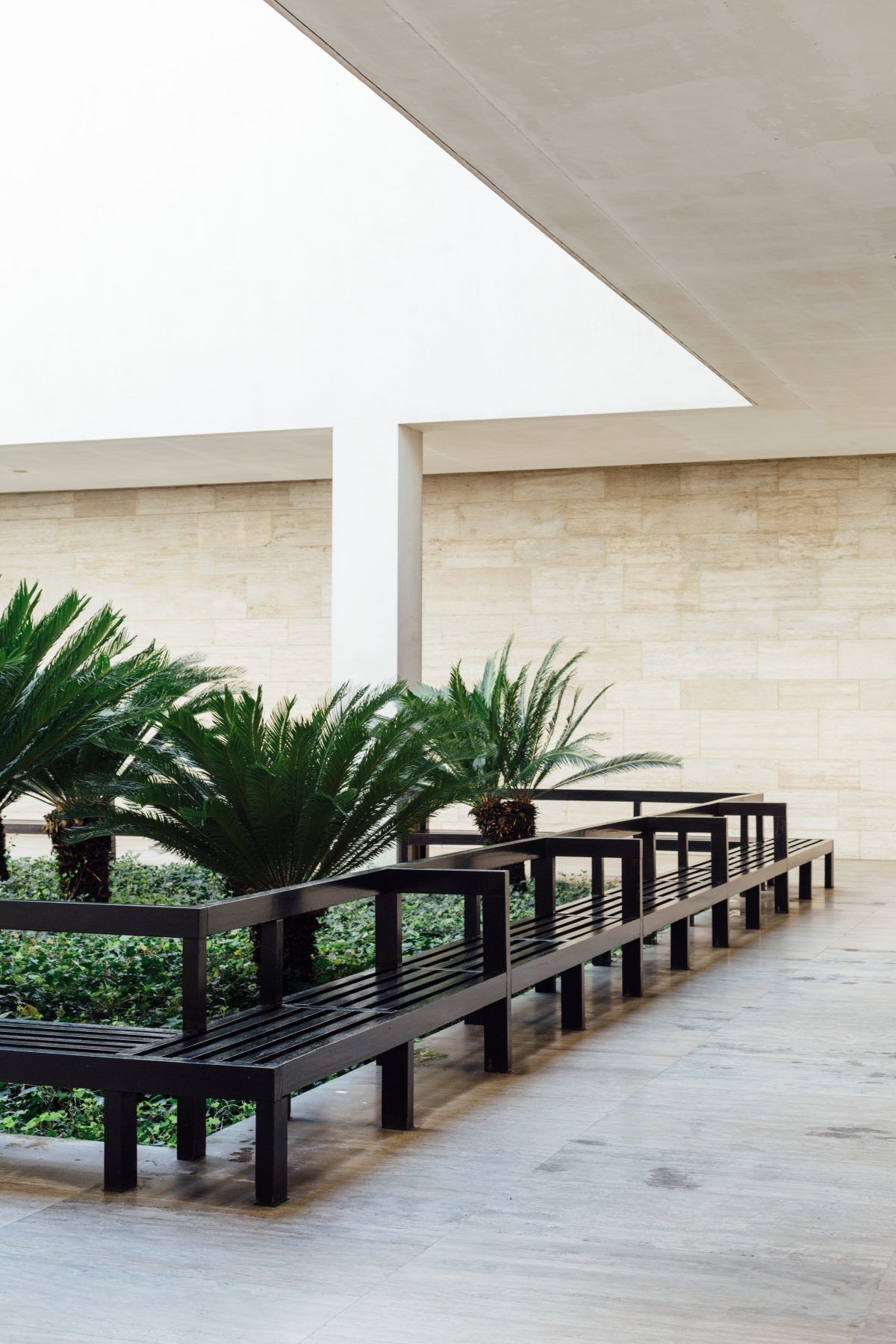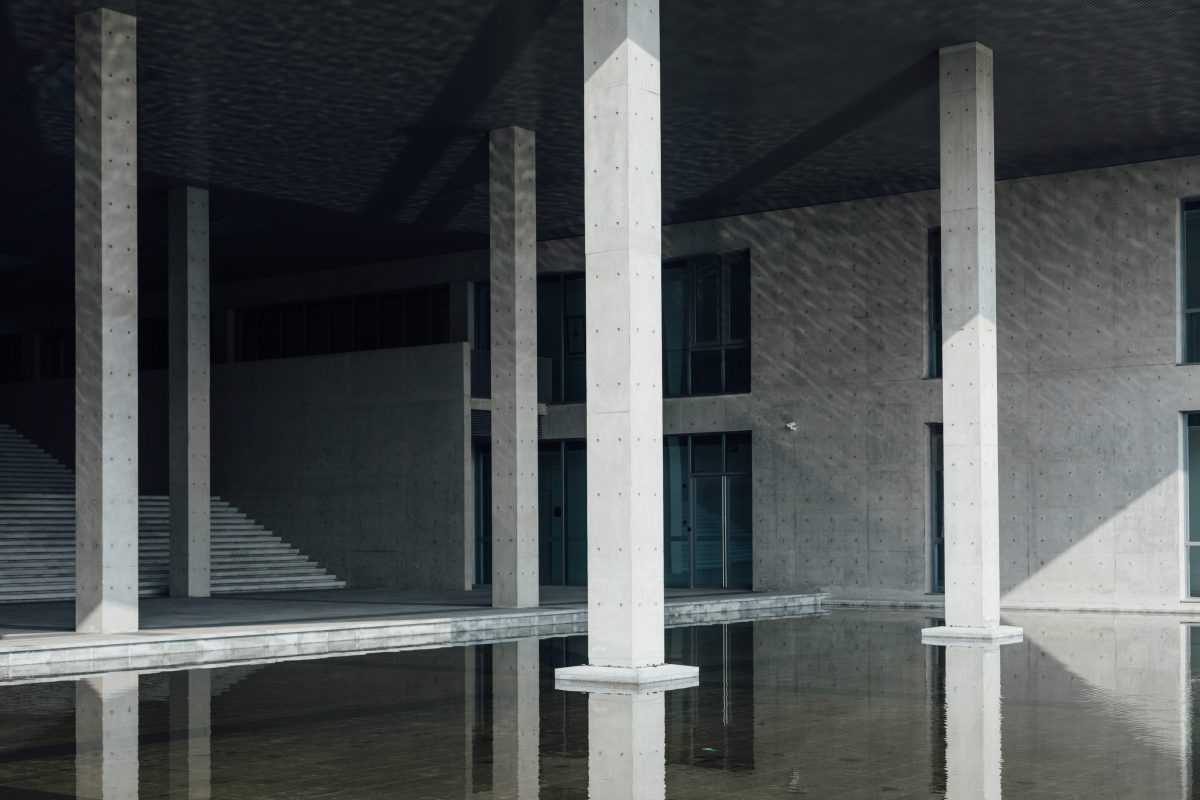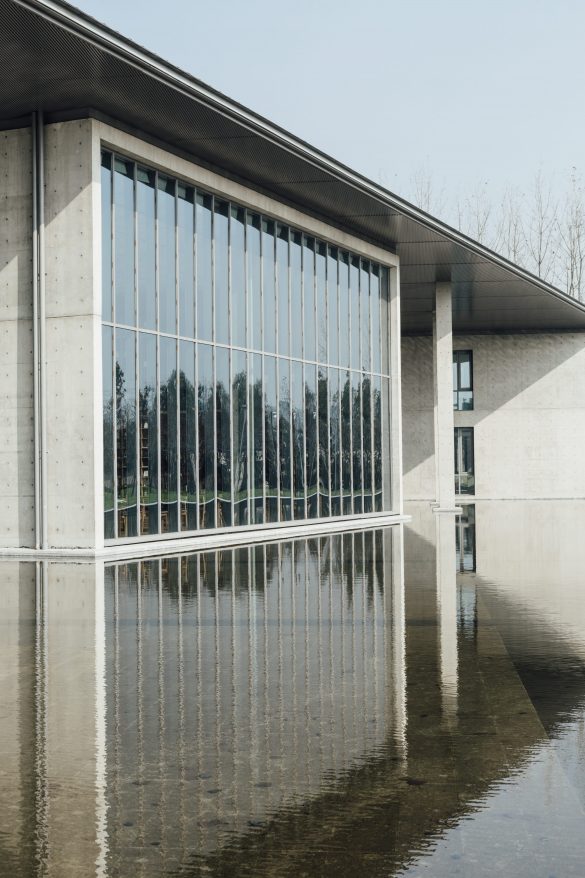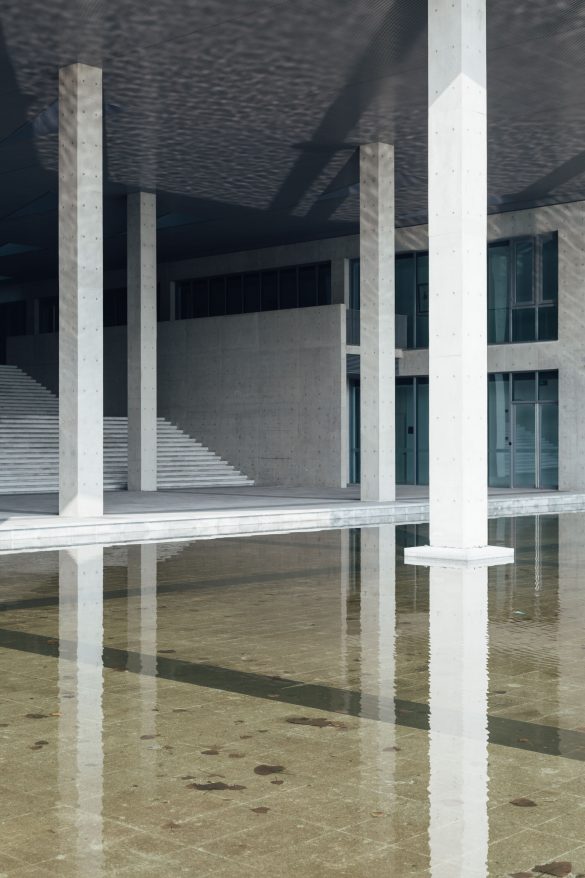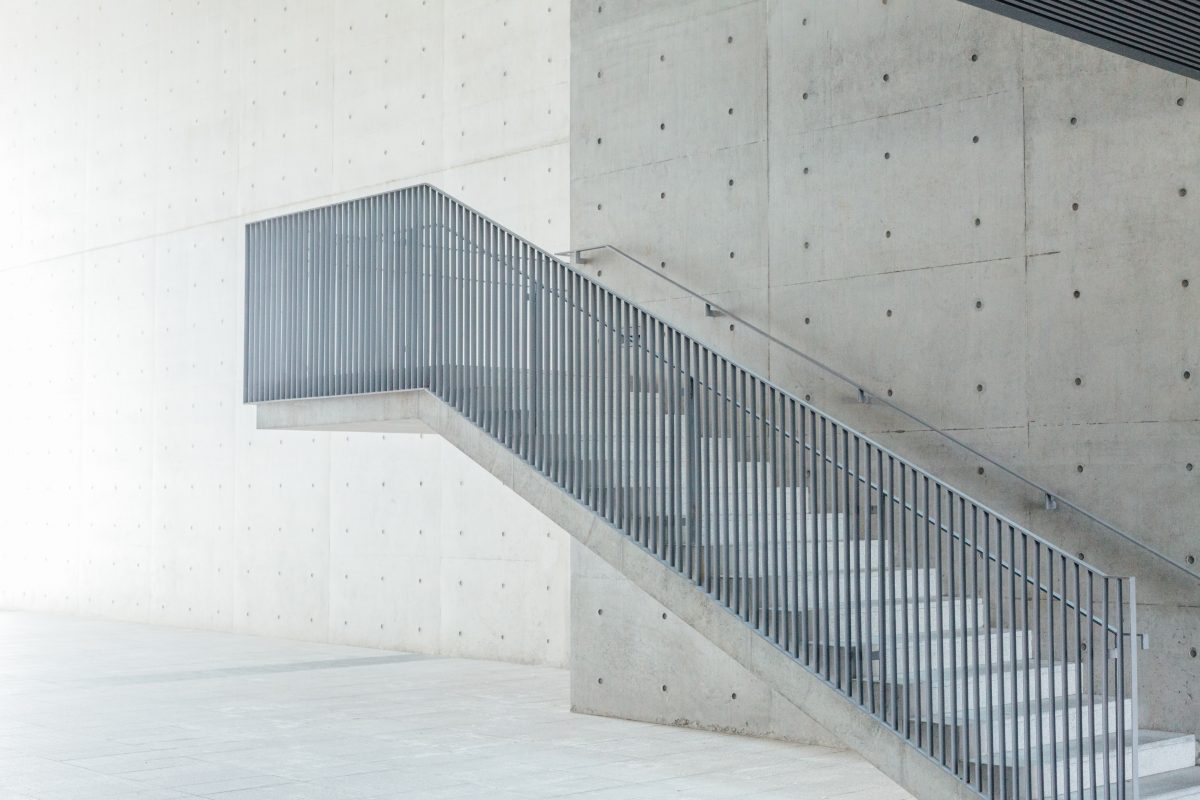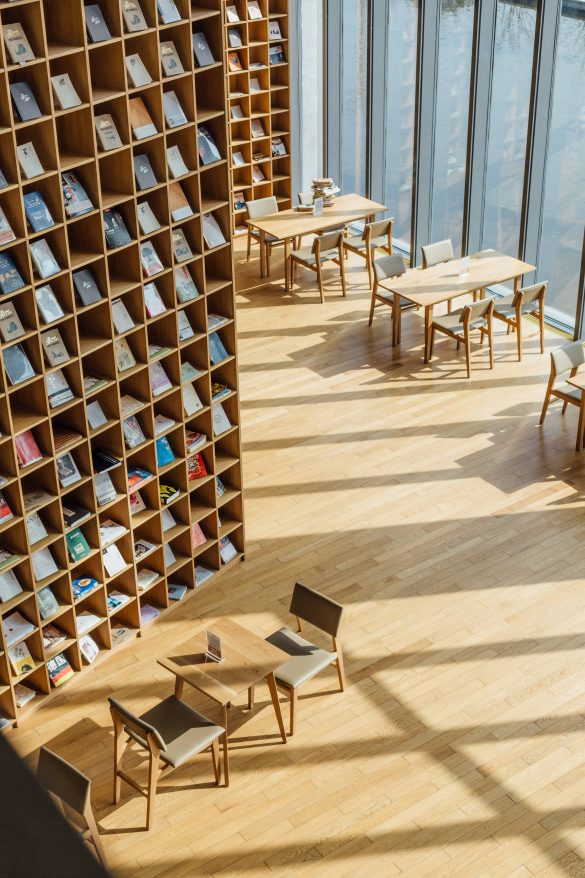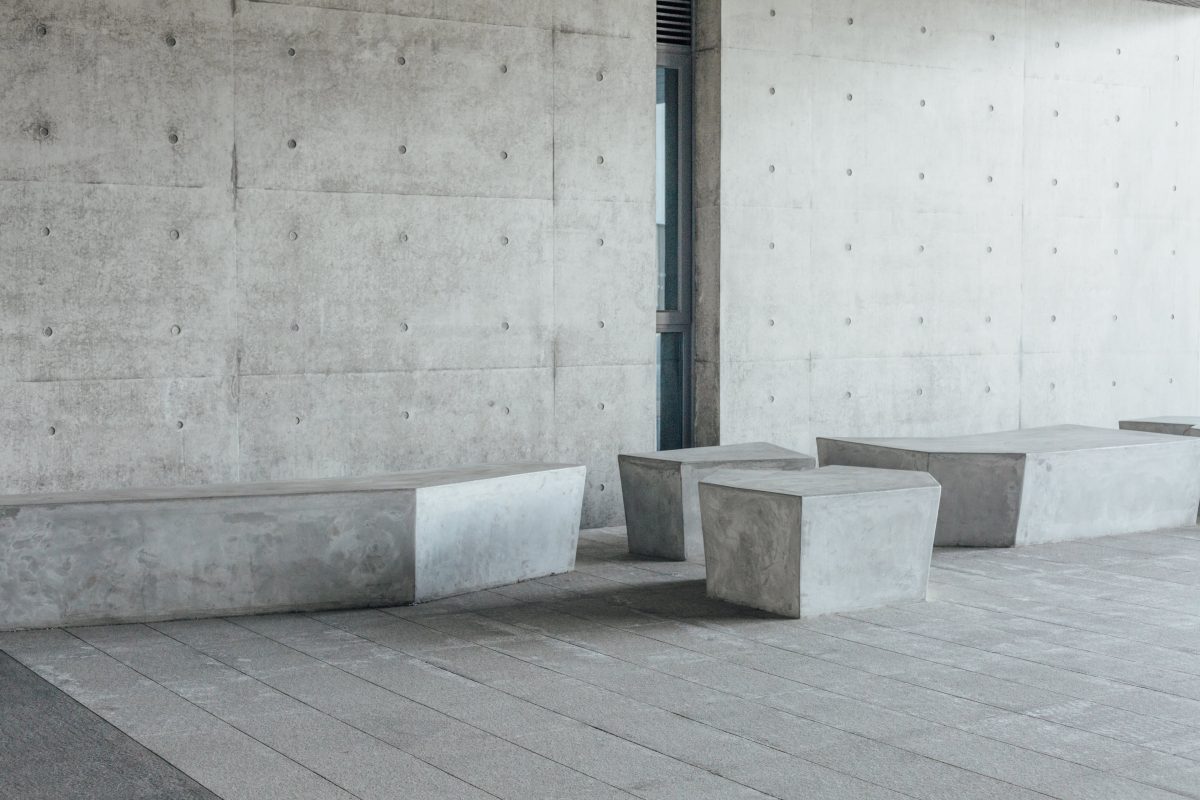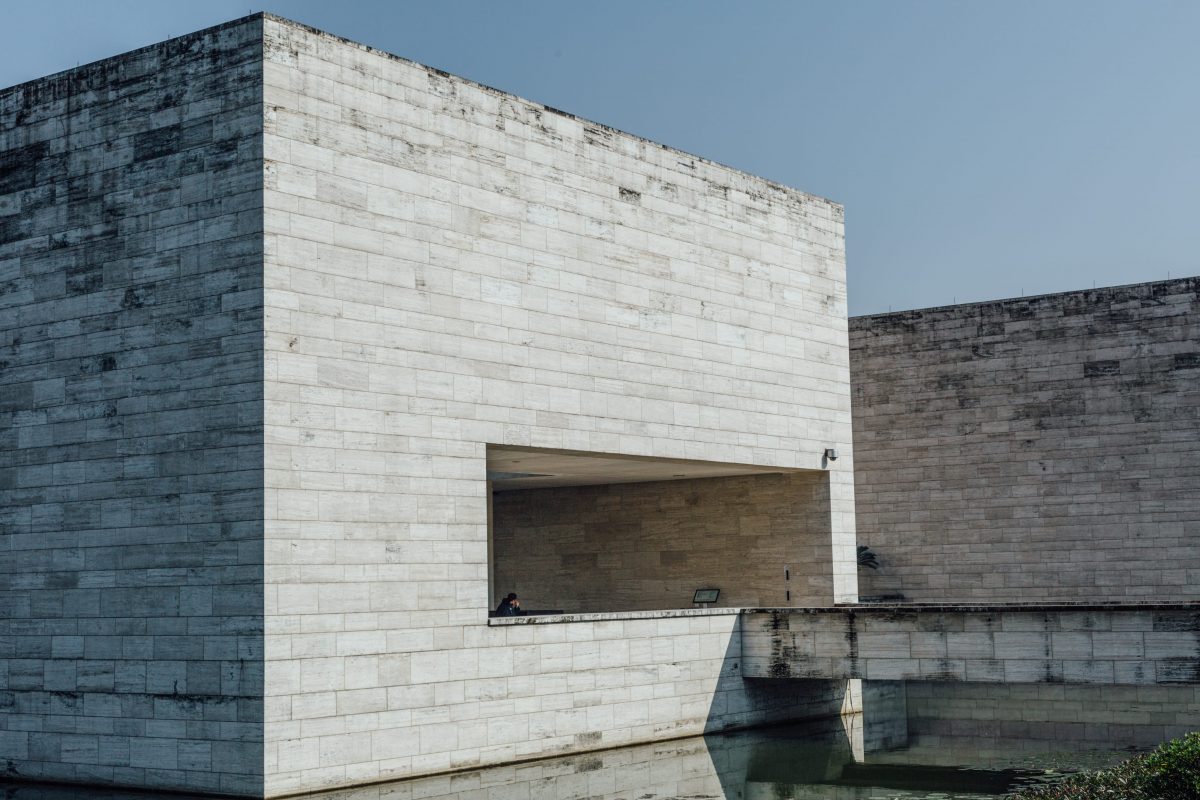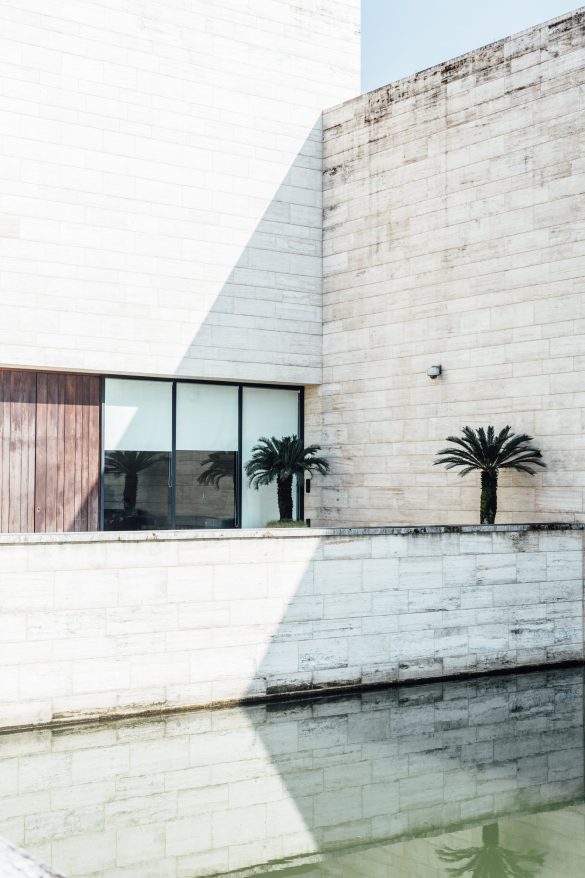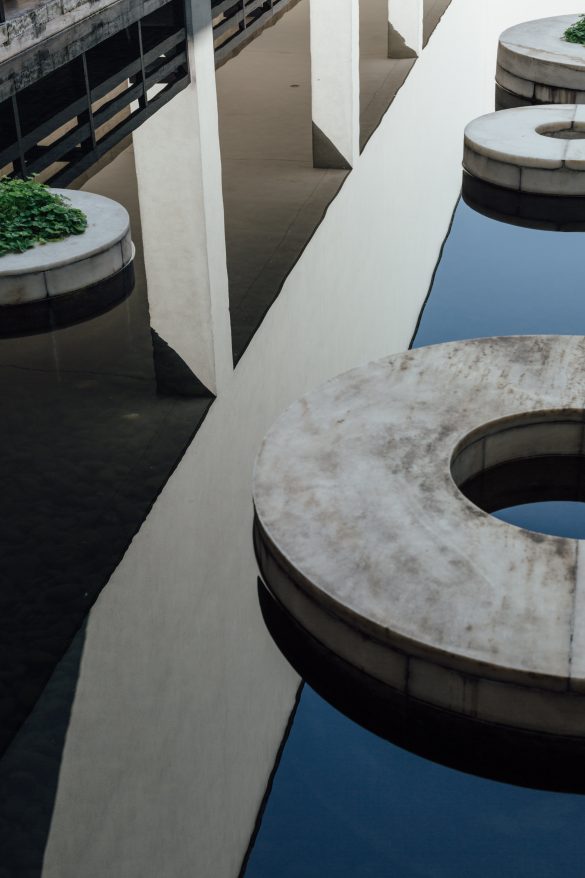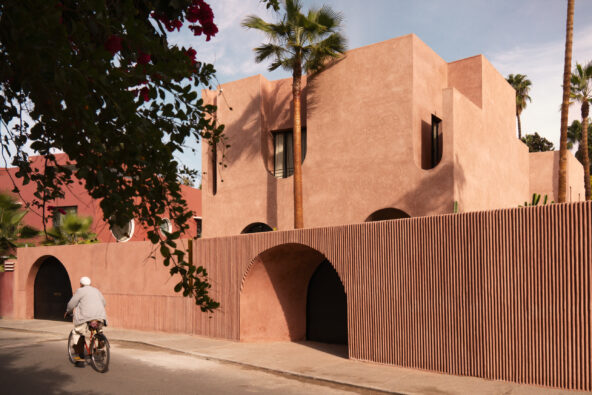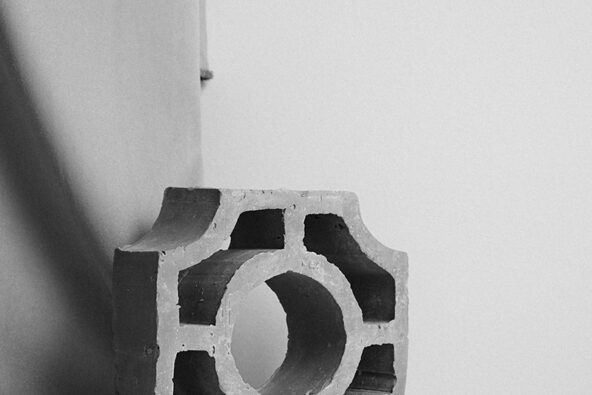The renaissance of Liangzhu
A momumental center in Hangzhou, east China, the Liangzhu Culture Center was designed by Japanese architect Tadao Ando and covers an impressive 10,000 square metres. Opened in 2016 and consisting of a gallery, library and theatre, the structure is divided into two wings and is surrounded by tranquil green meadows, trees and water features for visitors to enjoy.
Ando’s concrete and wood interior creates a clean, simple and calm interior that also features tall imposing bookcases and a floating staircase. The light-filled space with10m high windows and vertical lines allows striking shadows to fall architecturally upon the building, creating sharp lines and sun-filled geometry.
Tadao Ando’s concrete and wood interior creates a clean, simple and calm interior that also features tall bookcases and a floating staircase.
Located in Hangzhou’s Yuhang District, about 20 kilometers from the city center, Liangzhu Village also boasts a David Chipperfield-designed museum set on a lake and connected to the park via bridges. The museum houses a collection of archaeological findings from Liangzhu culture from around 3000 BC and is built on the site where many of the treasures were found. The building appears to emerge from the lake in parts and coupled with the expansive gardens, the structure appears to blend seamlessly with the surrounding natural environment. The museum is composed of generous courtyards varying in size and the museum’s concrete frame structure is clad with Iranian travertine stone, selected for its warm colour and deep texture.
Together, the Ando and Chipperfield-designed buildings form the northern point of the Liangzhu Cultural Village, a newly created town that has capitalised upon its rich history to become a new and exciting architectural focal point.
